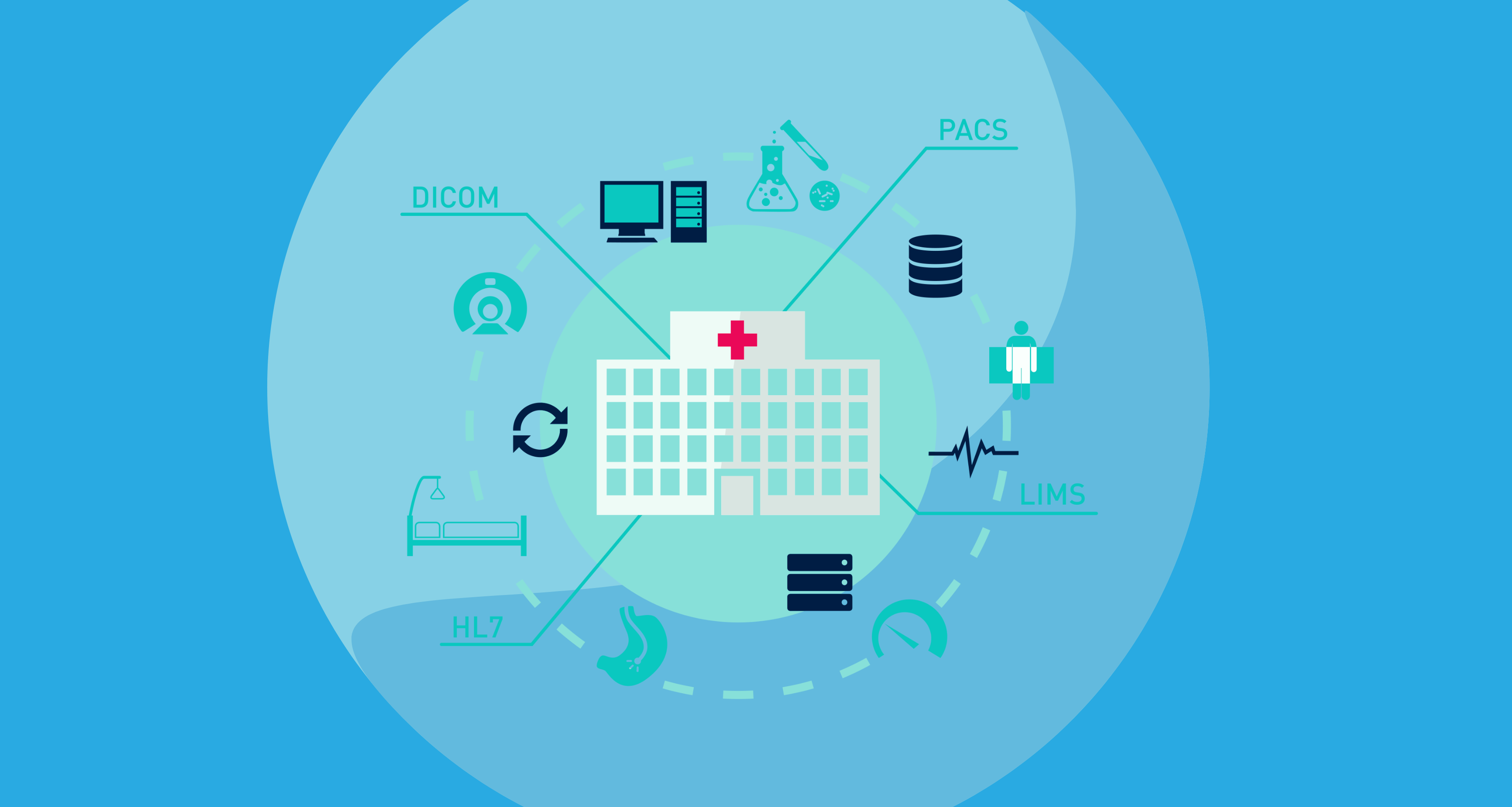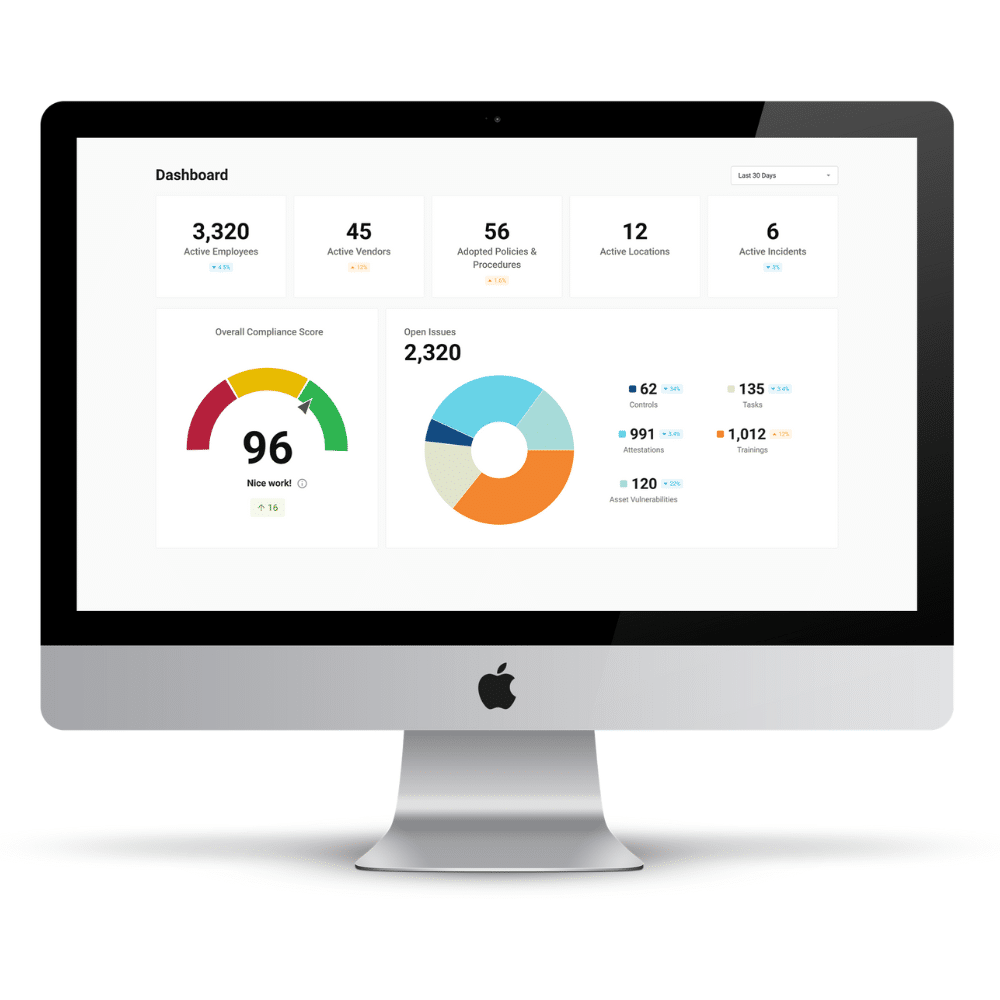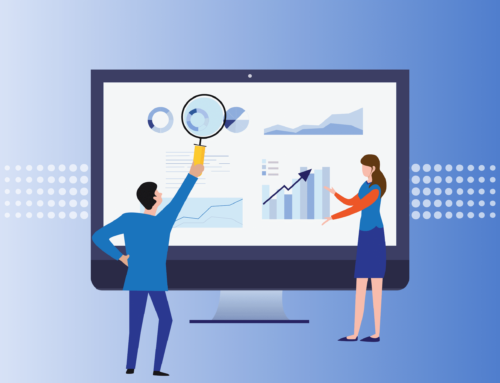
In the era of digital healthcare, information exchange between various systems and entities is crucial for providing efficient and quality care. Health Level Seven (HL7) has emerged as a standard protocol to enable interoperability among different healthcare systems. Let’s explore the significance of HL7 in healthcare, its role in data sharing, and its relationship with other key terms like HL7, HIPAA, and Fast Healthcare Interoperability Resources (HL7 FHIR).
The Importance of HL7 in Healthcare: Showing the Framework
HL7 is an international organization that develops standards for exchanging, integrating, sharing, and retrieving electronic health information. It provides a framework for seamless communication between disparate healthcare systems such as hospital management systems, electronic health records (EHR), laboratories, pharmacy systems, and more. Using HL7 messaging standards, these systems can transmit and receive data in a standardized format.
HL & FHIR: Advancing Interoperability Efforts
As technology evolves rapidly, so does the need for more advanced healthcare interoperability standards. Health Level Seven’s latest offering, Fast Healthcare Interoperability Resources (FHIR), aims to address this need. HL7 FHIR leverages modern web technologies such as Representational State Transfer APIs to facilitate real-time data exchange. With HL7 FHIR, healthcare organizations can access patient data from multiple sources securely and efficiently.
HL7 & HIPAA Compliance: Playing a Vital Role
Ensuring compliance with privacy regulations is essential when exchanging sensitive patient information electronically. The Health Insurance Portability and Accountability Act (HIPAA) sets forth guidelines to protect patient privacy in accordance with federal law. HL7 plays a vital role in supporting HIPAA compliance by defining secure methods for transmitting electronic health information. Through HL7’s security protocols and encryption techniques, healthcare providers can maintain confidentiality while exchanging patient data.
Promoting Seamless Data Sharing: Consistent Framework
By implementing HL7 standards, healthcare organizations can overcome the challenges of data silos. HL7 provides a consistent framework for data exchange, allowing disparate systems to communicate seamlessly. For example, when a patient is referred from one hospital to another, HL7 messaging ensures that critical information such as:
- Medical History
- Allergies
- Lab Results
These are shared accurately in real-time. This promotes continuity of care and reduces errors caused by manual data entry or miscommunication.
Enhancing Clinical Decision-Making: Enabling Interoperability
HL7’s impact extends beyond information sharing; it also plays a crucial role in supporting clinical decision-making. By enabling interoperability among various healthcare systems, HL7 allows clinicians to access comprehensive patient records from different sources. This holistic view helps them make informed decisions about:
- Treatment Plans
- Medication Interactions
- Potential Risks
- Contradictions
With timely access to complete patient information, clinicians can provide safer and more effective care.
HL7 Enabling Research and Population Health Management
The use of HL7 standards not only benefits individual patients but also supports research initiatives and population health management efforts. Researchers rely on accurate and standardized data for studies related to:
- Diseases
- Treatments
- Outcomes Analysis
- Public Health Trends
Health Level Seven ensures that data collected across multiple healthcare settings adhere to a common format and can be easily aggregated for robust analysis. Moreover, population health management programs require seamless integration between different healthcare entities to effectively track health indicators at the community level.
Undeniably so, Health Level Seven (HL7) has become an integral part of modern healthcare by providing standards for interoperability among disparate systems. With its latest development- Fast Healthcare Interoperability Resources (FHIR), HL7 continues to evolve alongside technological advancements. By leveraging HL7 standards like FHIR, healthcare organizations can enhance data-sharing capabilities while ensuring compliance with privacy regulations like HIPAA. The widespread adoption of HL7 promotes seamless communication between systems and enables better clinical decision-making while supporting research endeavors and population health management initiatives. As the healthcare industry continues to embrace digitalization, Health Level Seven will remain a key player in bridging the gap for interoperability.








